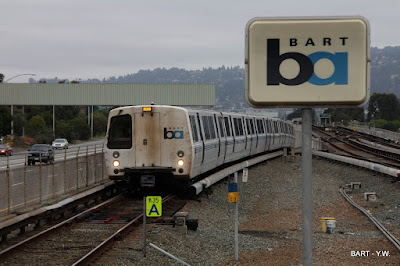Lake Shore Limited
The Lake Shore Limited is an Amtrak passenger train that traverses what is dubbed America’s third coastline. From Chicago to Albany-Rensselaer through Elkhart, Toledo, Cleveland, and Buffalo, the train travels along the south shore of Lake Michigan, the Mohawk River, Lake Erie, and the Erie Canal. The two halves of the train then part ways, with one heading to Boston, Massachusetts and the other to Capital of the World, New York City. Lake Shore Ltd preparing for her evening departure in Chicago Unfortunately the Lake Shore Limited travels at night in most of Indiana and Ohio (it is still nice relaxing train trip though). The entire journey takes 19 hours from Chicago to New York and 15 hours to Boston. Onboard amenities include café and dining cars. Due to the height restrictions on the Northeast Corridor , the Lake Shore Limited uses entirely single level passenger cars with Amfleet II and/or Horizon coaches and Viewliner sleeping cars. Lake Shore Ltd pulling into Alban


